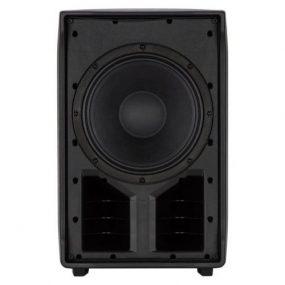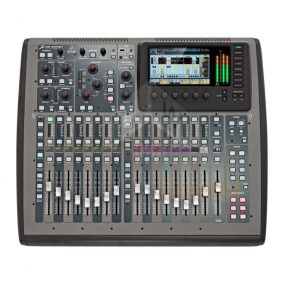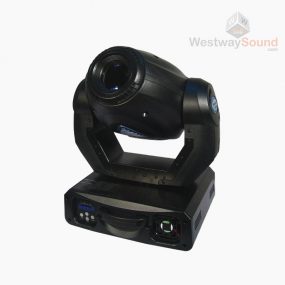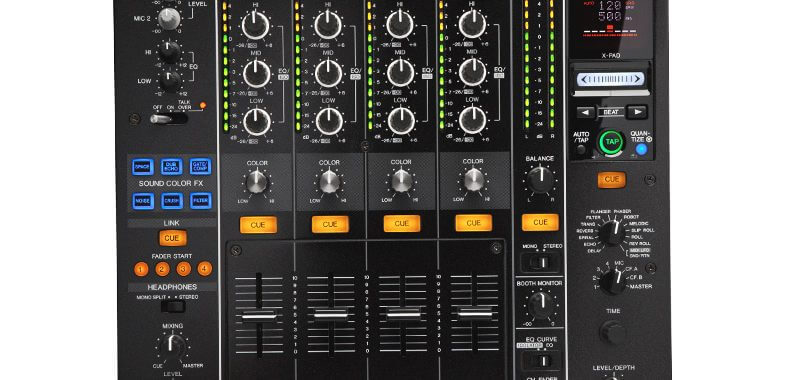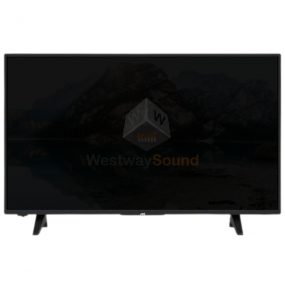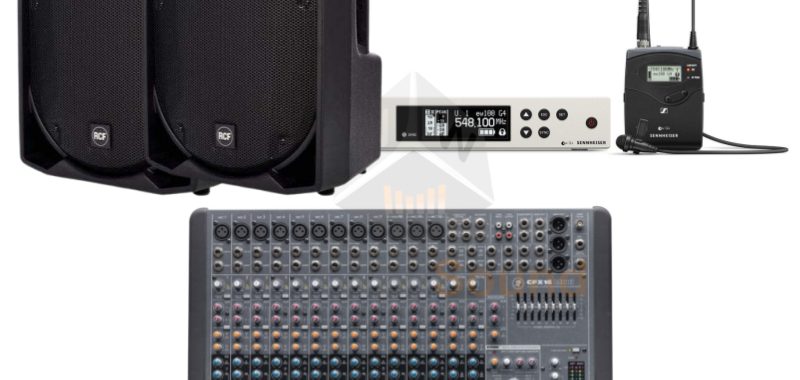
What Lights Do I Need For My Event?
The first thing to consider when choosing lighting is deciding on what effect you are trying to achieve. We normally put lighting into 2 categories: Static and Moving lights.
What lighting do I need for my event?
Static lighting includes uplighting and stage lighting. Uplights are floor mounted LED lights that project up the walls. They are low-level lights designed to create atmosphere and replace the often harsh white lights in venues.
The LEDj 7Q5 uplights that we use are RGBW (red, green, blue, white). Each individual light can be set on any one of 15 static colours via a user friendly digital display on the rear panel. You can even mix your own colours! For example, if you are on a “Violet Setting” you can add more red, less blue and so on… to create your own pastels. Other colours are created by mixing the primary colours red, green and blue. And they also produce a pure white.
How many lights do I need? Do they produce heat?
When working out how many uplights you might need in a room, we normally place an uplight around every 4 metres along the walls for decent coverage. Find out the size of the room, and you’ll be able to work out roughly how many you’ll need to hire. LED lights do not produce any heat and are totally safe to handle even when they have been on for hours!
Let´s find out more about static lights and what functions they will serve very well vs. moving lights (also known as disco lights) and how the two can be mixed together incredibly well.
Static lights
The same LED lights can also be used as short-throw stage lights. They can be mounted on lighting stands or truss and controlled via a DMX controller individually or all together. This will give you 100% dimming, strobing and colour change capability on the go. If you don’t have anyone available to operate a controller, simply set them to sound/light mode where they will react and change colour to the music via their built in microphones. Instant light show!
Long throw stage lighting- If you are doing a performance where it is not possible to use LED lights near the stage and you need to light the area from the back of the room, for example a school play, you will need more powerful lighting than LEDs. This is an instance where you will need to use the traditional “Lamp” version of stage lights. These come in a variety of outputs from 300W to 1000W per light compared to 35W LEDs. They must be operated using a dimmer pack and DMX controller.
Unlike LEDs the traditional “lamp” method of lighting the stage does produce heat and it must be stand mounted, using traditional gel frames and coloured gels. Where you can change colours on the go with LEDs, you cannot with the Halogen version. You would have to choose your coloured gels and insert them as they will be too hot to change once they are in use.
Moving lights
Moving lights or disco lights are primarily used in dance floor areas, DJ sets and club nights. These include scanners, lasers and moving head fixtures. The first thing you need to find out is whether the venue permits the use of haze/smoke machines. For the desired effect, most moving disco lights require something in the air for the lights to go through. With the absence of a smoke/haze machine you will end up with patterns on the floor, ceiling and far walls but without the mid-air beams you had envisioned or associate with lasers.
The most powerful and expensive moving heads or lasers in the market, can create there own beams and be effective without any haze but that level of fixture is often above the average event budget, unlike David Guetta or the lighting designer for London’s New Years Eve spectacular!
Most disco lights work in sound/light mode as well as DMX. If you’re hiring something for a night, it’s unlikely you would delve into DMX control without paying for a lighting tech who knows what they are doing. It’s not something you pick up and can program in a few hours. Bare in mind, you probably wouldn’t even come close to the built in programs professionals spent weeks designing and programming for that fixture. Stick it on a stand, put it on sound/light and enjoy your party! If you’re doing a video shoot and are after very specific designs, effects and colours, then you probably have someone who knows the basics of DMX control available anyway, and the programming time.
This is a good example of fun moving disco lights for hire with WestwaySound, the ISOLUTION iMove 250s
Hopefully this article provides you with insight and “food for thought” when planning your next event lighting plan.
Chat with us and we´ll help you choose.















